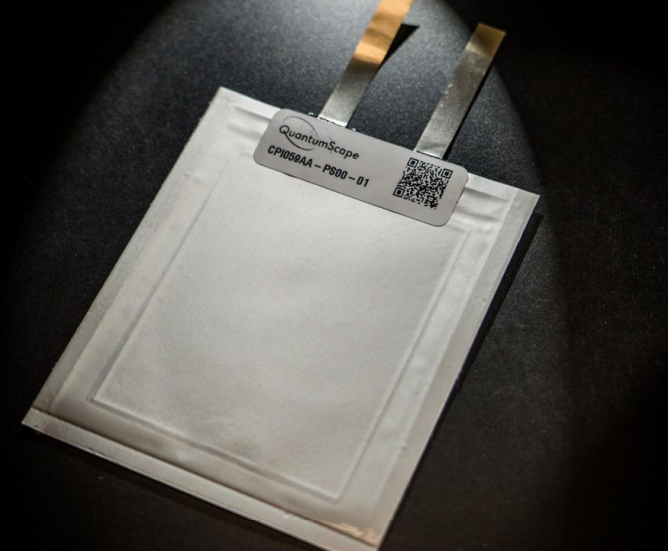Company claims solid-state lithium-metal battery breakthrough

Enlarge / One of the playing-card-sized, single-layer cells QuantumScape used for testing. (credit: QuantumScape)
All modern lithium-ion batteries are, in a way, a compromise. The original concept was a lithium metal" battery, which could hold substantially more energy in the same volume. There was just one small problem: they invariably self-destruct. But this week, a long-watched battery-tech company announced that it believes to have solved this problem. If what the company shows is accurate, this is a big deal.
First, a brief primer. Lithium batteries shuttle lithium ions from the cathode to the anode during charging, harvesting energy as the ions return to their home in the cathode material. This requires a separator in the middle that only lets lithium ions through, and it requires a conductive electrolyte. In a lithium-metal battery, the shuttling lithium ions simply form pure metallic lithium on the anode side. But the lithium has a tendency to form branching needle-like structures called dendrites that can pierce through to the cathode, causing the battery to short. And since the liquid electrolytes used in these batteries are flammable, bad things happen when they short.
The solution was to utilize a graphite anode. The orderly structure of graphite makes a good hotel for lithium ions, which safely check into a room for their stay during charging. This greatly reduces the risk of dendrite formation. But this graphite can take up nearly half the volume of the cell without adding additional energy storage. This makes the battery work safely but dilutes its performance.
Read 12 remaining paragraphs | Comments